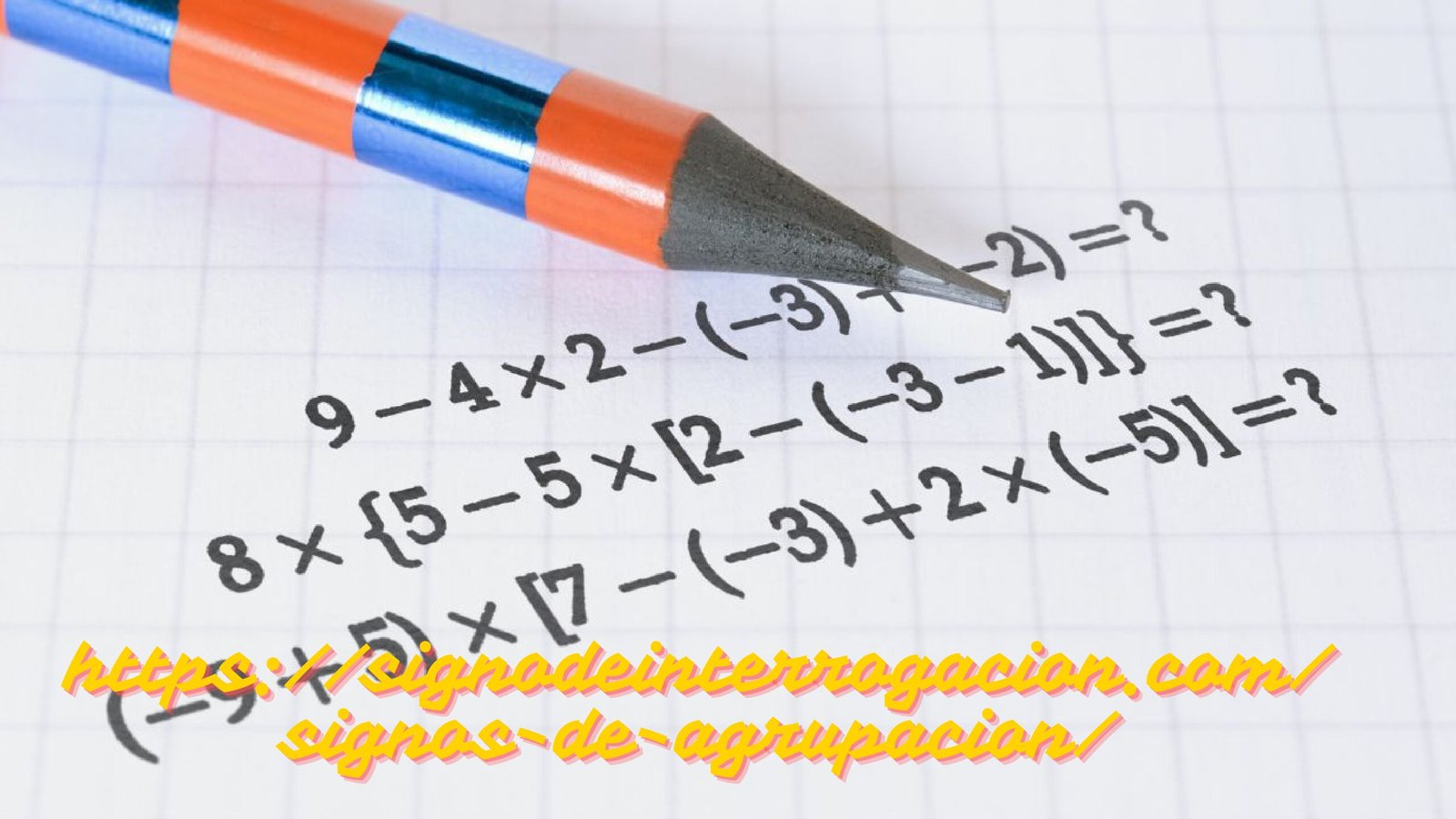In the realm of mathematics, symbols often serve as silent yet powerful tools for communication. Among these symbols, “signos de agrupación,” or grouping symbols, play a crucial role in indicating the order of operations and organizing mathematical expressions. From parentheses to brackets, these symbols hold the key to clarity and precision in mathematical language.
Let’s delve into the intricacies of grouping symbols, exploring their various types and functions, and unraveling the mystery behind their usage.
1. The Importance of Grouping Symbols
In mathematical expressions, the arrangement of operations determines the outcome. Without proper grouping, ambiguity can arise, leading to erroneous results. Grouping symbols act as delineators, specifying which operations should be performed together, thus ensuring accuracy and consistency in calculations.
2. Common Types of Grouping Symbols
a. Parentheses (): Perhaps the most ubiquitous of grouping symbols, parentheses enclose expressions that need to be evaluated first. They prioritize the enclosed operations, clarifying the intended order of computation.
b. Brackets []: Brackets serve a similar purpose to parentheses but are often used for clarity or to avoid confusion when multiple sets of parentheses are nested within each other. They help maintain the hierarchy of operations within a mathematical expression.
c. Curly Braces {}: While less common in basic arithmetic, curly braces find utility in advanced mathematical concepts such as sets and functions. They denote specific mathematical structures and groupings, often in contexts beyond elementary arithmetic.
3. The Order of Operations
Understanding the order of operations is fundamental to effectively utilizing grouping symbols. The acronym PEMDAS provides a mnemonic for remembering the sequence: Parentheses, Exponents, Multiplication and Division (from left to right), Addition and Subtraction (from left to right). Grouping symbols, as the first element in this sequence, establish the initial framework for computation.
4. Applications in Real-World Problem Solving
Grouping symbols are not confined to abstract mathematical exercises; they find practical application in real-world problem-solving scenarios. Whether calculating expenses, analyzing data sets, or designing algorithms, the proper use of grouping symbols ensures precision and reliability in mathematical modeling and analysis.
5. Conclusion
In the realm of mathematics, precision is paramount. Grouping symbols, with their ability to clarify the order of operations and structure mathematical expressions, are indispensable tools for mathematicians, engineers, scientists, and students alike. By mastering the usage and application of these symbols, one gains not only mathematical prowess but also a deeper understanding of the underlying principles governing our quantitative universe.

